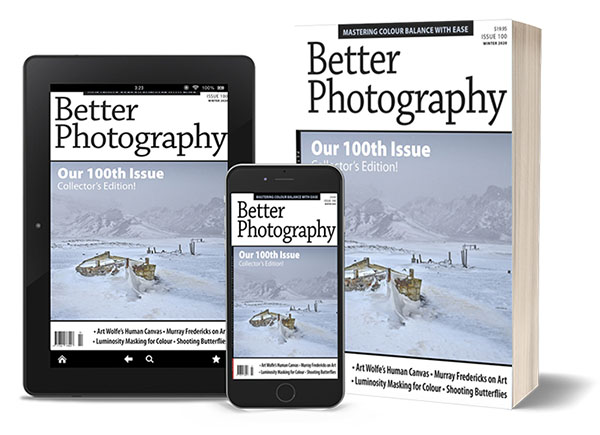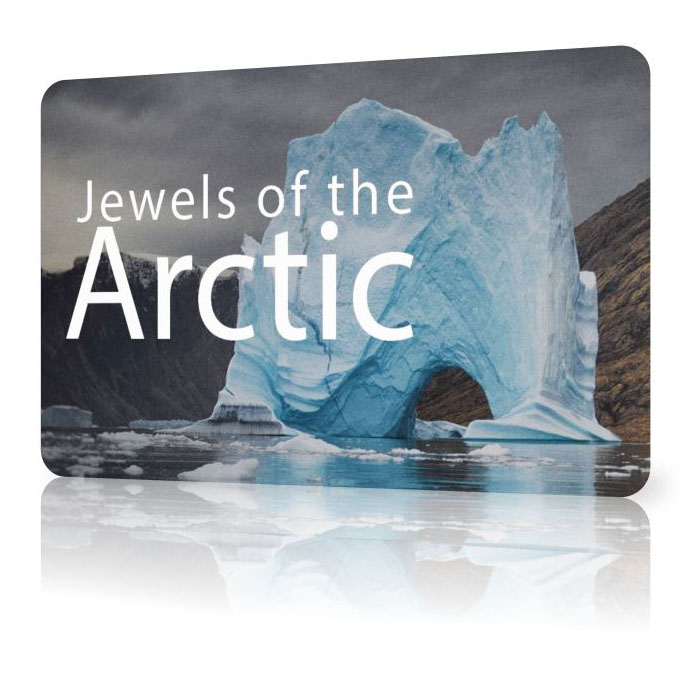Edmund Wilson, 1947. Photograph by Irving Penn from his book, Passage.
While putting together the next issue of Better Photography magazine, I've been confronted in several places by the spectre of AI and what it means for photography. Is AI something else's work or just a new way of gaining inspiration? But ignoring AI for the present, where do you go for your inspiration?
Some photographers claim not to look at the work of other photographers or artists, because they don't want their ideas to be 'tainted' by outside influences. While I can understand the sentiment, I struggle to see how it could work in practice, for me at least. Photography, after all, is a language and before you can communicated with it effectively, you need to learn it - and it's hard to learn about photography without referencing the great masters who have gone before us.
I have six bookcases spread between my office and my home, full of photography books. They have been accumulated over 50 years and it's affirming how many of the first books I purchased are still interesting to me today. From time to time, I will take one off the bookshelf and flip through its pages. I'm not looking for anything in particular, rather I'm just enjoying the photographs. However, there's no doubt that this process is informing and influencing the photographs I take. And I think that's a good thing. I can't imagine being a photographer and not allowing myself to share and enjoy the work of others. So I guess blogs and Instagram are a good thing!
The photo above of Edmund Wilson, 1947 is one of Irving Penn's earlier portraits, but it's interesting to me how even at the beginning of his career, he was already displaying a profound sense of balance and contrast in his work.
So, what do I enjoy? Being an outdoor photographer most of the time, I love his use of studio lighting indoors, the plain background and nondescript props. Everything surrounding the subject is supporting the portrait, but there are little 'signatures', like the black mark in the top right of the backdrop which features in quite a few of the images taken around this time, the more-or-less hidden horizon line and the use of dark drapes to simplify the stage.
And the lighting itself! Look at how it is angled to catch Mr Wilson's face and left hand. It's not an accident there's a strong shadow under the subject's chin. This portrait has been carefully orchestrated, including the awkward position in which Mr Wilson finds himself languishing, his body turned out of the frame as though he doesn't want to be there, but his head carefully surveying the photographer as the shutter is pressed. This is not a simple head and shoulder portrait, it strongly demonstrates a tension and no doubt some of Mr Wilson's character as well. I love the way Irving Penn challenged the 'acceptable' genres of photography and even today, I believe his work and approach to remain thoroughly contemporary.
Please forgive the reproduction qualities. It's an old book and I'm just beginning to revisit Irving Penn as one of my favourite influences - yes, even for landscape photography.




















